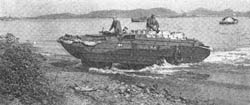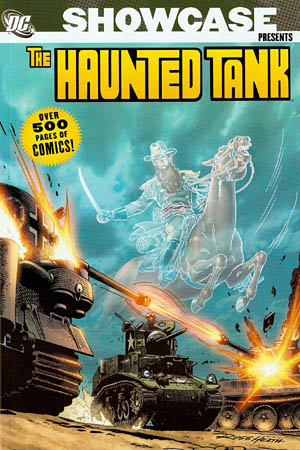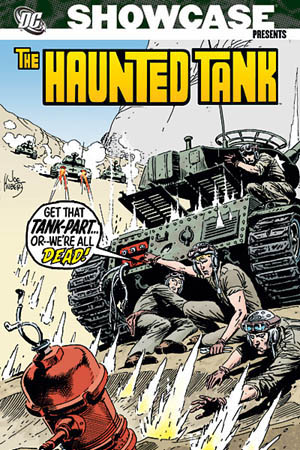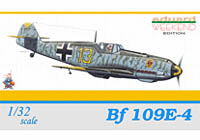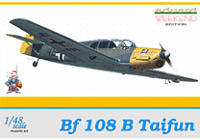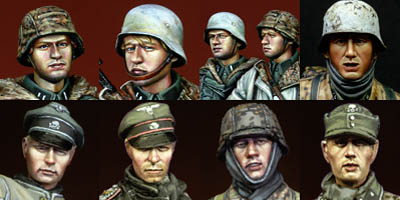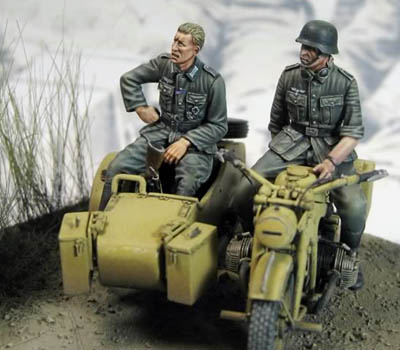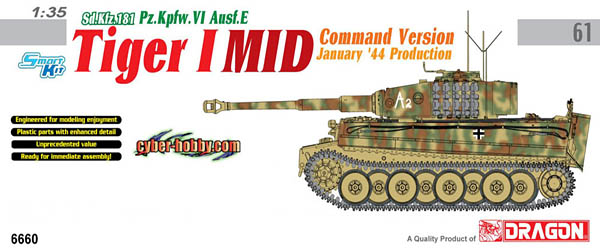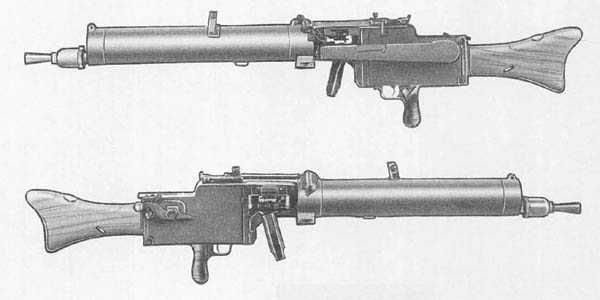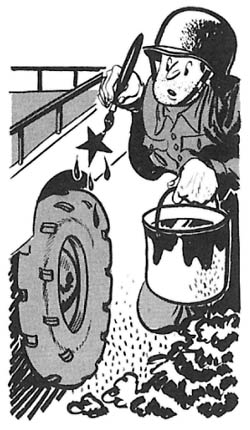A warning about the dangers of the WWII German “Butterfly Bomb” (Sprengbombe Dickwandig 2 kg or SD2) from Booby Traps, Bureau of Naval Personnel, Navy Department, Washington D.C., 1944.
German “Butterfly Bomb”
The “butterfly bomb” is the German’s favorite bomb against personnel on beaches, in camps, and against airfields. It is small and light, and can be dropped in great numbers from airplanes. One plane can carry several hundred of these deadly little devices with no trouble at all. As each bomb descends, the fist-sized iron ball full of explosives swings free at the bottom of a rod about the size of a lead pencil. The unfolded fins on the top of the pencil-rod are whirling in the air and turning the rod, thus arming the bomb.
Some “butterfly bombs” explode in the air just above ground, some on hitting the ground, and some incorporate delayed action (about 8 to 30 minutes) which makes everything just dandy for the persons who have to come out after the raid to fight fires. See figs. 8 and 9. That should be enough, but the end is not yet. Part of the crop of “butterflies” will not go off at all until someone disturbs them—picks them up, treads on the wings, or the like. Often the bodies of the bombs will have buried themselves in the soft earth. The only part visible will be the brightly colored (green and red, or green and yellow) upturned wings, like the lovely discarded shells of some crabs or lobsters. What a memento for the office desk back home—but pick it up and you won’t get back home!
As an example of how the “butterfly” can let you down: One night last spring in North Africa the Germans raided a forward area of ours where there happened to be a P.O.W. (prisoner of war) cage full of Germans we had captured that day. Jerry dropped hundreds of “butterfly bombs” and one of them drifted into the P.O.W., settling to earth without going off. Naturally the German prisoners were greatly relieved and shied clear of their own infernal machine. But next morning was a different story. Three of our allied soldiers guarding the P.O.W. came across the little yellow wings, and the pencil rod, and the iron ball.
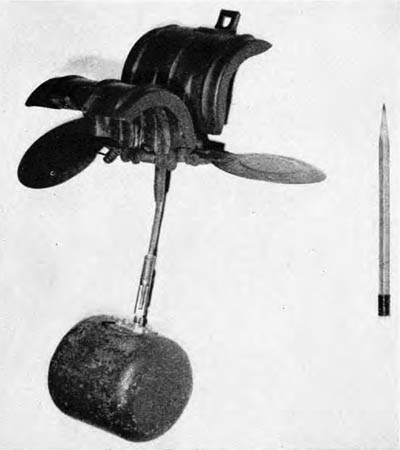
Figure 8. Danger lurks for the inquisitive in the form of the German anti-personnel bomb known as the “butterfly.” Here is one of these bombs, lying as you might find it in the field.
“A-ha!” said one of the guards to his pals. “Something new has been added.”
And while the other two held onto the little iron ball, he tried to unscrew the yellow wings, and up went all three—the German prisoners, watching from a distance, were delighted.
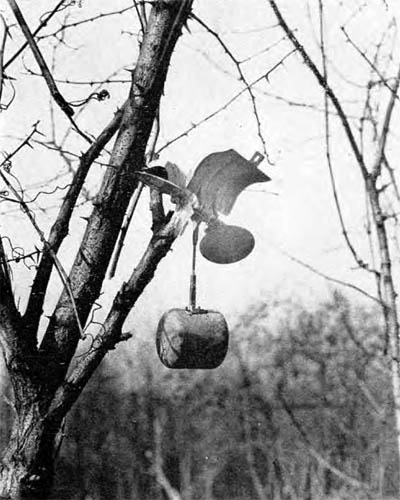
Figure 9. “Butterfly” in tree. Stay away from this kind of a situation. The bomb may explode through a time device or as a result of any disturbing pressure.

